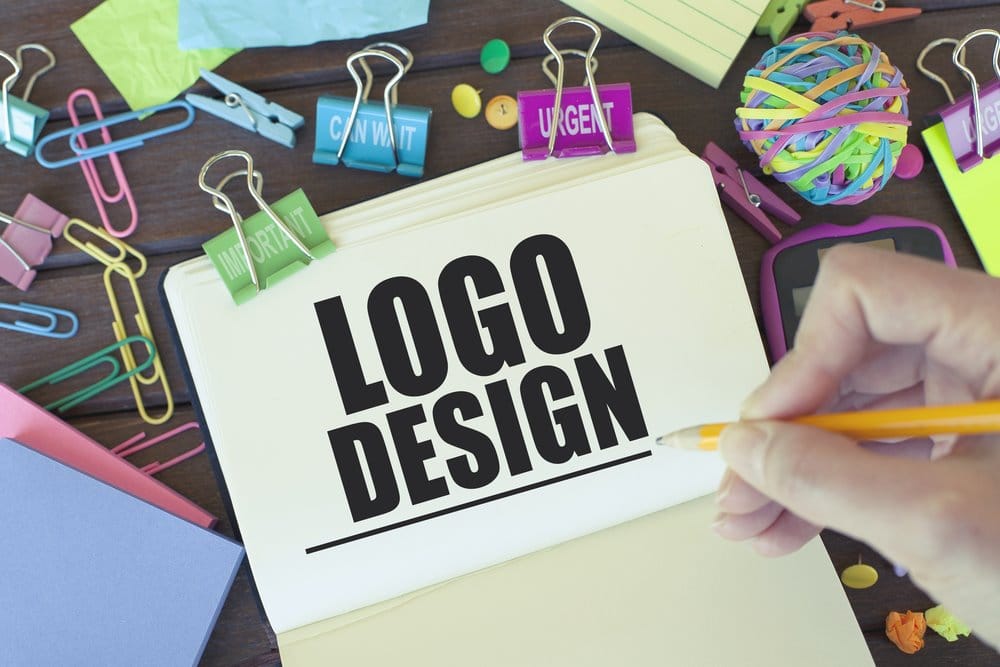 As your consumer brand business develops, it will move through 4 distinct stages. It’s critical to the survival of your brand to recognize what stage you are in and what each requires before you get there and run into a wall. Understanding what to look for and what to do in each stage well in advance can give you the tools you need to get through the upcoming challenges you will surely face. To alleviate these challenges, you will have to take steps now.
As your consumer brand business develops, it will move through 4 distinct stages. It’s critical to the survival of your brand to recognize what stage you are in and what each requires before you get there and run into a wall. Understanding what to look for and what to do in each stage well in advance can give you the tools you need to get through the upcoming challenges you will surely face. To alleviate these challenges, you will have to take steps now.
To start, let’s understand that unlike personal and digital product brand building, consumer packaged goods (CPG) brand building is dependent on sales of your physical branded product. Your product must be available for sale on a consistent basis. In other words, being out of stock will greatly damage your brand building efforts and can ruin your reputation for dependability and wreck your brand image.
You may say that you will sell your product online and never run out. But most CPG brand builders want to be in bricks and mortar stores. The Department of Commerce says that 90% of all retail sales still happen in bricks and mortar stores!
You really want to get into multiple chain stores. Each pay in one big check, for one big purchase that gets your branded product into multiple stores, and in front of many consumers at a time. Quantity purchases are the fastest way your branded product gets discovered, and it’s how you can cash flow your growth most efficiently. All this requires careful distribution management.
Let’s look at each one of the stages and discuss the challenges to your CPG brand and how to mitigate them.
1. Startup.
You are about to launch or you’ve just launched. You are running on your savings or on your investor’s money.
- Danger: You can run out of money before you achieve a positive cash flow. In other words, sales don’t happen fast enough.
- Mitigate: Before you launch, understand what everyone in the distribution and retail process wants from you, your brand, logo, label and package design. Understand where the low hanging fruit is sales-wise (how you will gain market access).
2. Buildup.
You have launched successfully and you have secured a few good customers who are paying your bills.
- Danger: You have all your eggs in one (or two) basket(s). Any discontinuance now could be the death of your brand.
- Mitigate: Quickly develop other customers. Even if they are smaller, their combined sales can help offset a sudden discontinuance by a larger customer. Resist the temptation to produce your product for a store brand – they will play you off against another producer who charges a few pennies less.
3. Buildout.
You have achieved a positive cash flow and you are expanding into new markets. You are regularly gaining new customers.
- Danger: Most businesses fail at this point. You can spread yourself too thin. You may have grossly underestimated the cost of sales and the cost of customer service and retention.
- Mitigate: Start slowly, make your mistakes in a small, manageable place. Learn the true cost of sales and service before you expand. Carefully develop one market at a time. Learn what’s needed. It may cost you more in some markets. Leave those for later.
4. Enterprise.
You have expanded. You are regularly making larger sales. You are beginning to be a major player. You are able to negotiate reduced supply costs due to efficiencies of scale.
- Danger: Your company now has strict divisions of labor with departments that specialize in various types of work. It seems more efficient, but now your people are less engaged. They take sales for granted. They become isolated and insulated from sales and thus your branded product becomes less relevant to the marketplace. You are in danger of getting knocked off by a competitor with a more relevant branded product.
- Mitigate: Elevate sales and customer service to the top of your organization. Recognize the essential role they play in the success of your brand. Establish formal lines of communication from sales directly to your marketing and production people so they can stay abreast of your competition, market changes, and your consumer’s feedback.
It’s quite a multi-stage rocket you’re riding. Understand what each stage means and be prepared in advance! Happy Sales to you in 2018!


